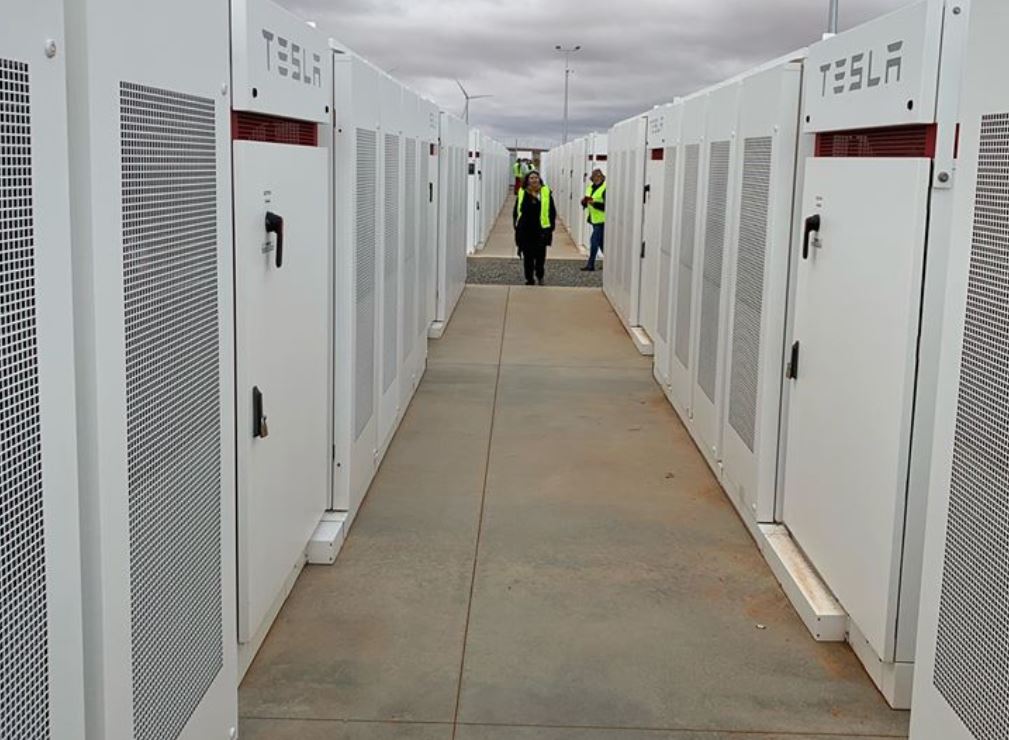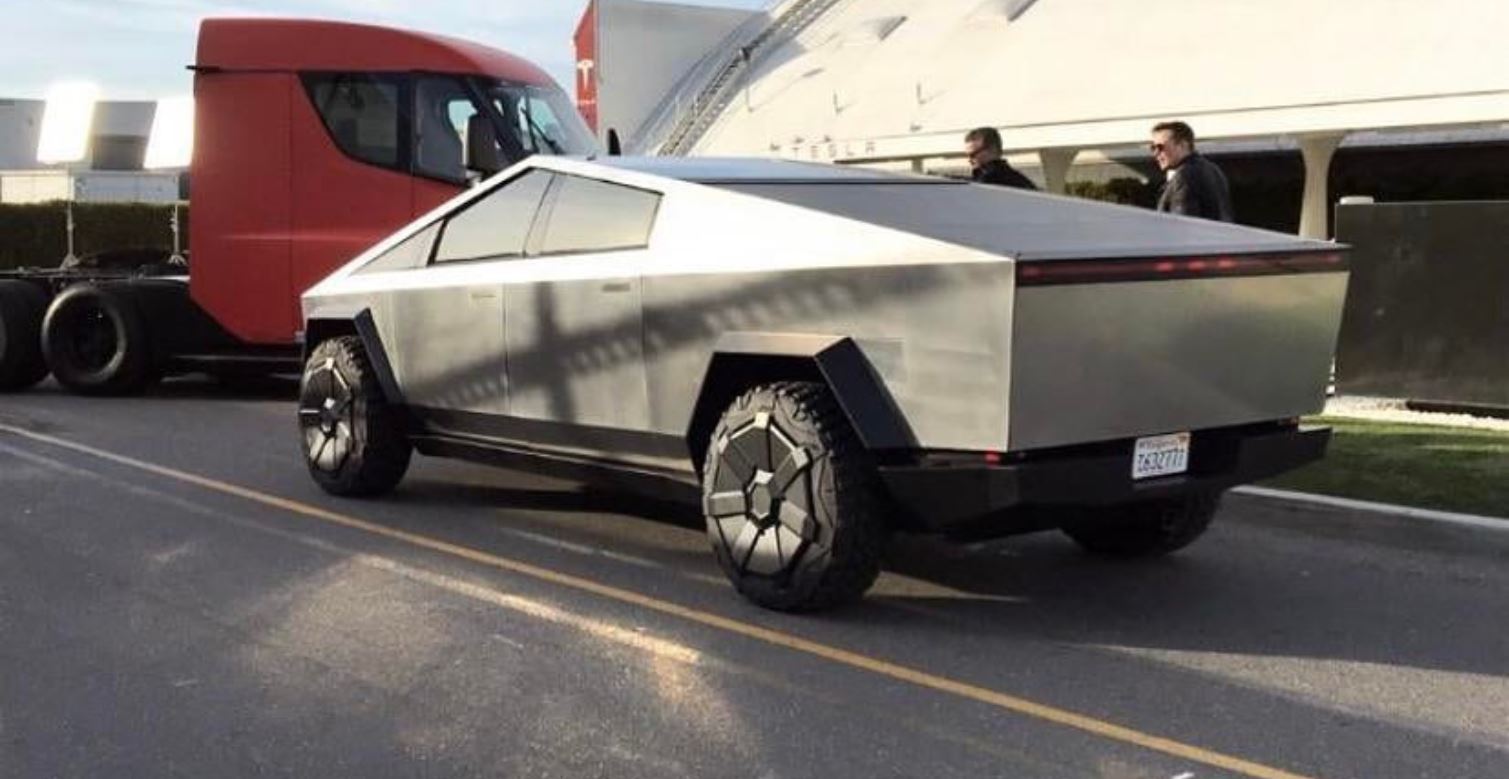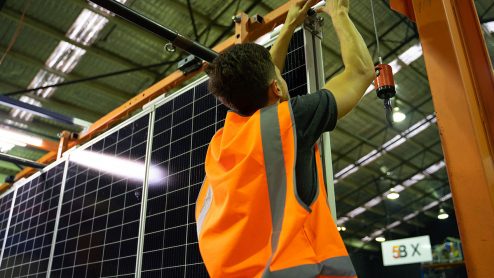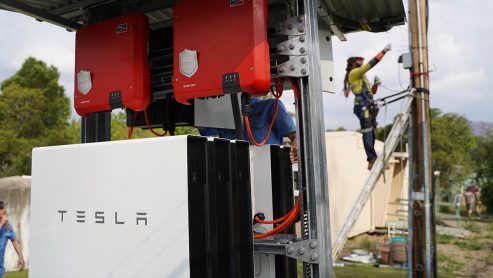Tesla Energy has taken yet another step in its going ramp, rolling out a new online ordering system for its commercial solar solutions. This time around, customers ordering a large-scale solar system would be able to place orders for battery storage devices as well, all from the same online configurator.
Over the past couple of years, Tesla has performed and completed a vast number of residential and commercial solar installations. This has allowed the company to gain valuable experience, which, in turn, enabled Tesla to create an ordering system that makes things as simple as possible for buyers. These optimizations include fixed installation sizes and an affordable subscription model.
Tesla’s vision for residential and commercial sustainability does not end with solar panels, however. Ever since launching its Energy division, Tesla has pushed the idea of solar panels and battery storage systems working together to give customers true energy independence. Tesla has made headway in pushing this idea, with the company’s residential solar ordering system including options for Powerwall additions as well.

In its recent update, Tesla opted to roll out a similar ordering process for commercial solar installations. Thus, customers ordering a large-scale solar system could also opt-in for a Powerpack setup, which stores enough energy to power large structures at night. This makes ordering commercial solar systems just as easy as ordering a PV installation for a residential site. A fully refundable reservation fee is even identical at just $100 per order.
What’s even more interesting is that Tesla is offering its commercial solar systems as a subscription service. This carries some risk on Tesla’s part, considering the sizes of PV systems involved in commercial sites. Nevertheless, offering subscriptions is a pretty bold statement that highlights how serious Tesla is in pushing its energy business.
So far, the offer is only available for customers located in California. But in true Tesla fashion, it would probably only be a matter of time before Tesla rolls out the offer to other parts of the United States, as well as other countries. Tesla’s Solarglass Roof installations were only available in California for some time, after all, but the company has since announced intentions to roll out the photovoltaic tiles for Europe and China as well.
Tesla Energy is almost like a sleeping giant of sorts since it is a large branch of the company that was practically neglected amidst the Model 3 ramp. Yet with Tesla now hitting its stride with its vehicle production, and with the Model Y actually being delivered far ahead of its initial estimates, the company’s solar and battery storage products now have a solid chance to shine. This poses a lot of opportunity for Tesla, considering that billionaire investor Ron Baron has noted that the company’s Energy division, if fully ramped, could be worth $500 billion on its own.
Those interested in Tesla’s Commercial Solar products could click here.

(adsbygoogle = window.adsbygoogle || []).push({});
<!–
–>
var disqus_shortname = “teslarati”;
var disqus_title = “Tesla rolls out new commercial solar ordering with integrated battery storage options”;
var disqus_url = “https://www.teslarati.com/tesla-new-commercial-solar-ordering-integrated-battery-storage/”;
var disqus_identifier = “teslarati-134667”;






